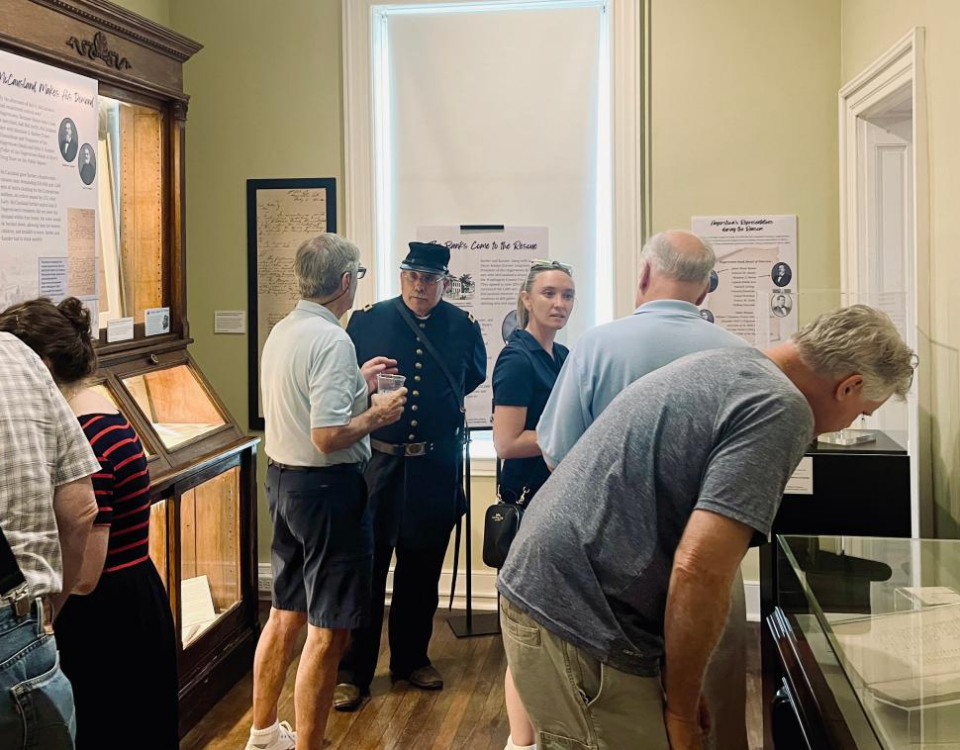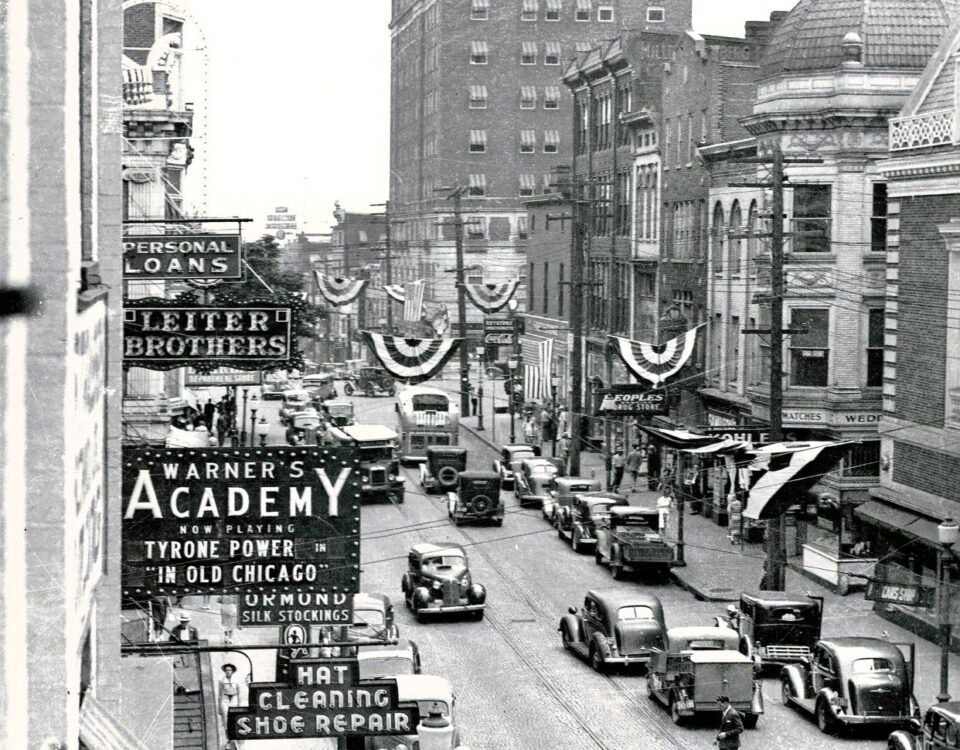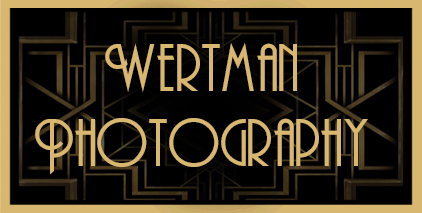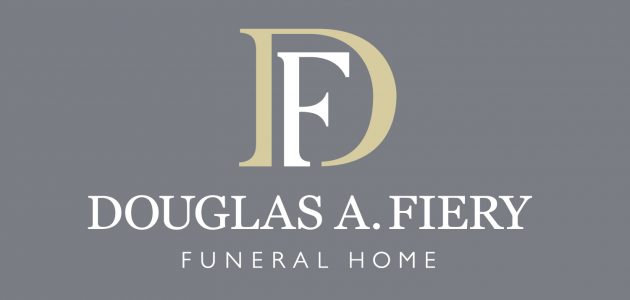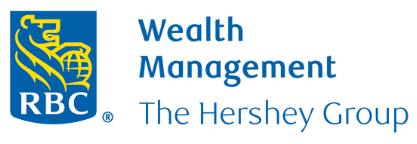Very few things have captured the hearts of modern Americans in the same way as the iconic vacation trip. We obsess over our vacation time and agonize over every detail of the trip. Where to go? Where to stay? What to do? The prospect of a literal escape from daily life offers a mental escape for many. As a result, the American travel industry is worth over a trillion dollars, and Washington County is just one of many American locations which benefits from the popularity of cultural tourism. But it may surprise many to learn that Washington County has been the vacation destination of choice of many for over 200 years.
The idea of the modern vacation begins, like so many other trends, with the European aristocracy. As many larger cities developed, they unfortunately did so without an eye towards public health, sanitation, or even basic sewage containment. By England’s Elizabethan Era, the average London city street contained a several foot-thick morass of dirt, dust, mud, human and animal waste, garbage, butcher’s offal, and chemical runoff from any neighborhood businesses (including tanneries, which utilized sheep’s urine to process animal hides). The street muck only worsened as the Industrial Revolution led to industrial runoff from factories and other businesses. The abysmal street conditions of London would have been a common site in most other cities, including places like Hagerstown, which allowed livestock to roam downtown freely until the early 1830s. In the spring and summer, this muck gave off an unbearable stench, and worse, led to the spread of diseases like cholera, typhoid, diphtheria, and the bubonic plague. Those who could afford to leave the cities during the summer fled en masse to estates and homes in the countryside. For centuries, wealthy Europeans and Americans fled the street stench for extended stays in rural areas. Working class citizens were stuck suffering the muck, the smell, and the heat.
The area’s first travel destination opened during the late 1700s to provide a healthy escape for those who could afford it. Located to the south of Sharpsburg, Belinda Springs was originally a private farm where two “medicinal” springs were discovered. The savvy farmer who owned the property turned the site into a resort with amenities that would rival some modern locations: at its peak, the resort boasted cottages, a two-story, 17-room hotel, a race track, playgrounds, bowling alleys, barbershops, billiards rooms, and a tavern. Many traveled by horse and carriage or ferry to “take the waters” and enjoy themselves away from the stink and heat of East Coast cities. But summer disease eventually caught up with these early vacationers. The 1832 global outbreak of Asiatic cholera, which traveled to the area with immigrants working along the C&O Canal, would spell the end of the Belinda Springs resort, and send wealthy travelers scrambling for safer destinations. The land returned to private farmland, and eventually, the grand buildings were razed. The barn and the family dwelling are all that remain to tell the story of the area’s first great resort.
The concept of the vacation became a reality for Americans of all classes with the development of the country’s railway system. At the same time the American railroad system was vastly remodeling the country’s landscapes and economy, it was making major changes to the social lives of American citizens. The same rail lines which allowed people to move out to city suburbs and still affordably commute to work now connected those same people with new access to leisure activities. New communities grew around lakes and beaches to provide travelers with everything they would need during vacation, from accommodation and apparel to souvenirs and access to fun activities. One of the most famous examples is the development of Coney Island into the country’s largest amusement area following the extension of electrified rail lines to the location. A similar effect could be observed in Washington County as well, following its development into the Hub City of the late 1800s.
The more rural and pristine areas of the county offered a welcome respite for rail travelers from all over the East Coast, but provided much-needed day trips to hardworking lower classes of Hagerstown. Many popular destinations began as small beaches or parks and were developed into amusement areas and resorts as locals began flooding the area in droves. One such example was Row’s Amusement Park, which began life as a popular swimming hole located on the eastern bank of the Conococheague Creek at Wilson’s Bridge. George Row, who developed the popular spot, was responsible for improvements to the swimming area, including a dam and lockers, as well as the construction of rental cottages. He also was responsible for bringing the first rides to the area, which included a merry-go-round. By the 1930s, the park was well-known in the area as a location for day trips and company excursions. Its popularity waned only in the late 1960s, when the rise of the country’s interstate system more easily connected locals to larger attractions like Hershey Park. Bypassed by the national road system, the amusement area returned to a local swimming hole.
Another persistent local favorite was the amusement park and resort located up at Pen Mar Park, whose site was chosen in 1877 by the Western Maryland Railroad Company for explicit development into an amusement park. At its zenith, the park boasted a dining hall and picnic shelter, scenic lookouts, a merry-go-round, dance hall, and even a roller coaster. Park attendance could even reach as high as 20,000 visitors per day! The story of the end of Pen Mar Park is very similar to the end of Row’s Amusement Park – once the railroad ceased frequent journeys to the area, and the interstate road system bypassed the area, it fell into disuse. While the amusement park no longer exists, the area remains a popular day trip for many county citizens.
The interstate system, which led to the rise of car travel, completely changed the face of the American vacation once more. However, just like the innovations of the rail system allowed Americans to branch out and visit new vacation locales, the interstate system brought the entire country within the reach of vacationing families. The iconic American road trip and all of its associated culture would not exist without it. But that’s a story for another time.
The evolution of the modern vacation trip, and the history of several popular Washington County destinations, will be explored in a new exhibit opening May 5th at the Miller House Museum. Entitled “Wish You Were Here,” artifacts like souvenirs, 19th century passports and travel documents, and historic postcards will highlight the personal journeys of several locals and reveal how many popular modern travel destinations have their roots in the past. Learn more about how Washington County went on the road in an exhibit which will run from May 5th to June 30th at the Miller House Museum.
- Row’s Amusement Park was located along the Conococheague Creek at Wilson’s Bridge near Clear Spring, Md.
- The Colombian Camp was one of many accommodations available to vacationers at Pen Mar Park, located in Cascade, Md.




